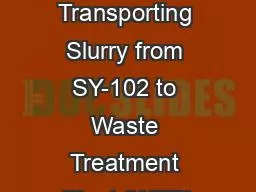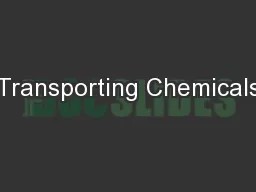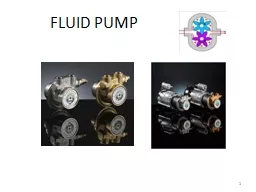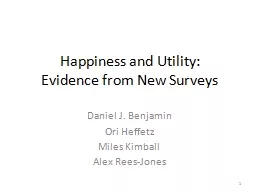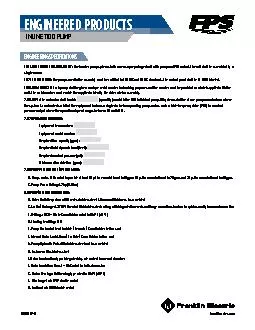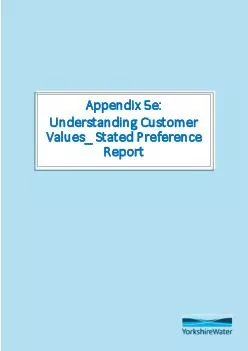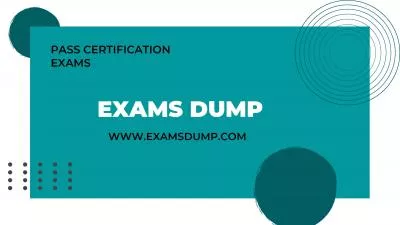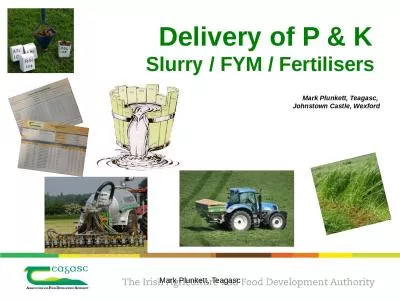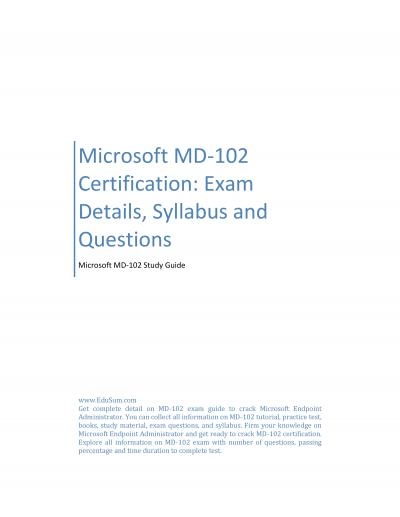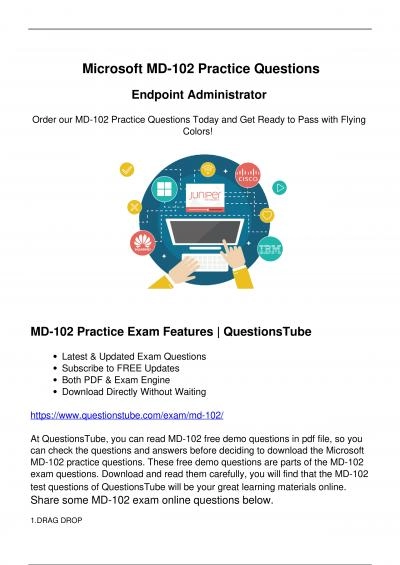PPT-Booster Pump Design for Transporting Slurry from SY-102 to Waste Treatment Plant (WTP)
Author : yieldpampers | Published Date : 2020-06-23
DOEORP Sponsored Project Sadiq Al Hajji Matt Borup Blake Bryson Vasiliy Kravstov Overview Problem Definition Objectives Work Process Conclusion Recommendations
Presentation Embed Code
Download Presentation
Download Presentation The PPT/PDF document "Booster Pump Design for Transporting Slu..." is the property of its rightful owner. Permission is granted to download and print the materials on this website for personal, non-commercial use only, and to display it on your personal computer provided you do not modify the materials and that you retain all copyright notices contained in the materials. By downloading content from our website, you accept the terms of this agreement.
Booster Pump Design for Transporting Slurry from SY-102 to Waste Treatment Plant (WTP): Transcript
Download Rules Of Document
"Booster Pump Design for Transporting Slurry from SY-102 to Waste Treatment Plant (WTP)"The content belongs to its owner. You may download and print it for personal use, without modification, and keep all copyright notices. By downloading, you agree to these terms.
Related Documents

